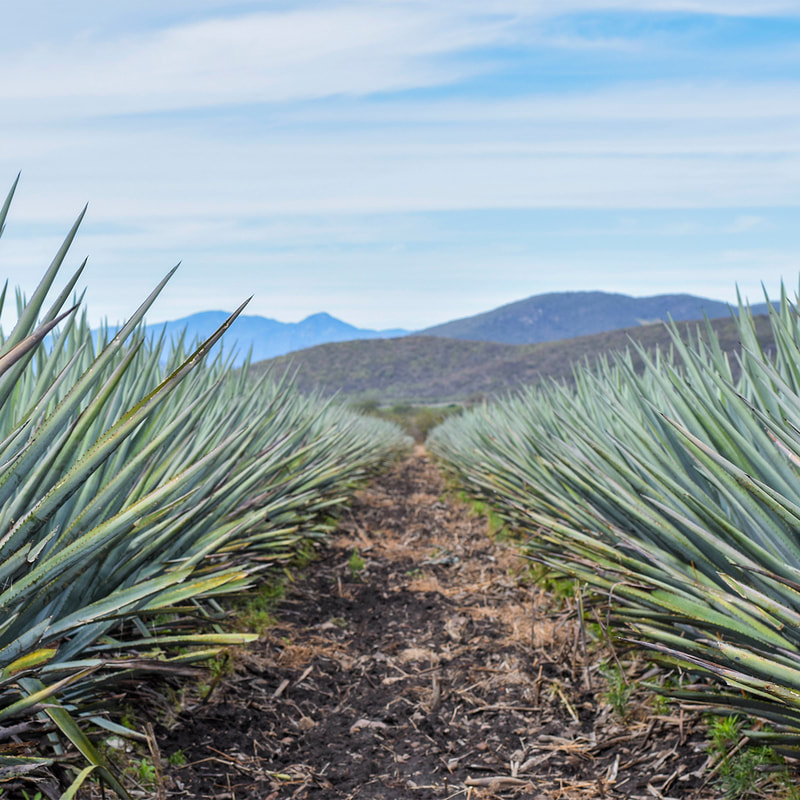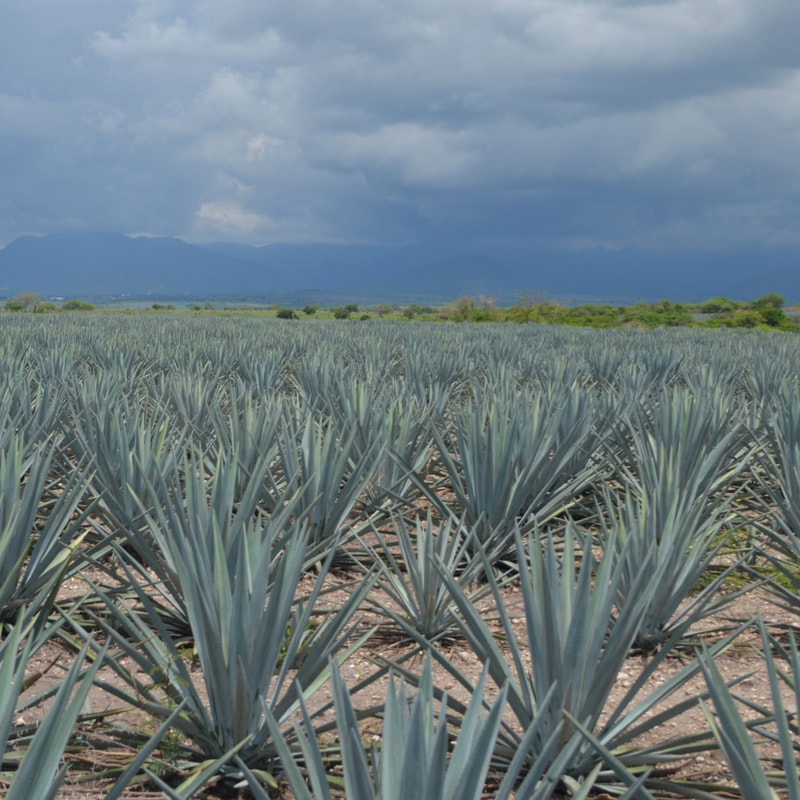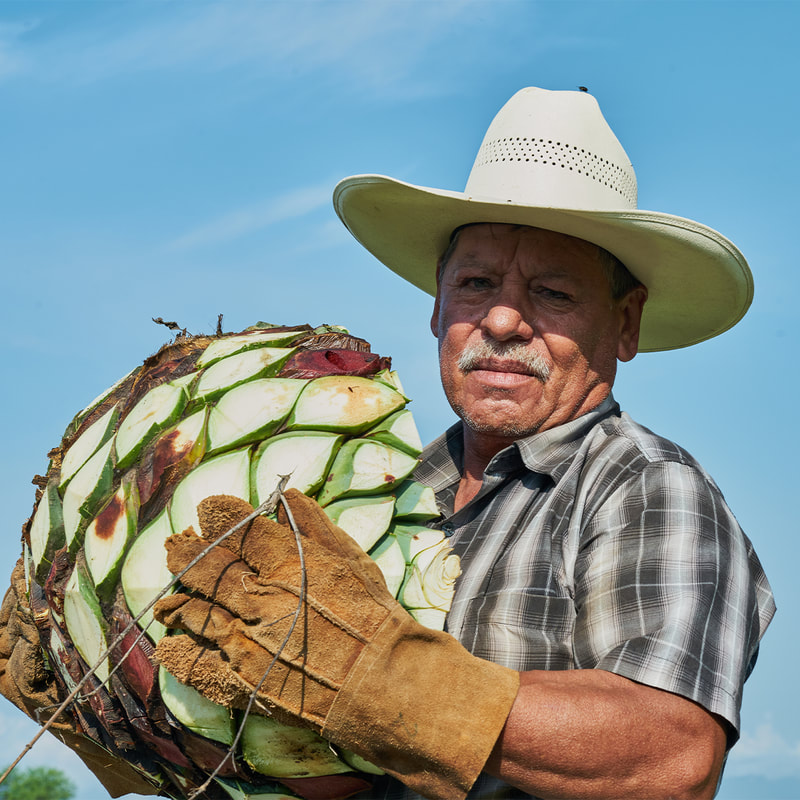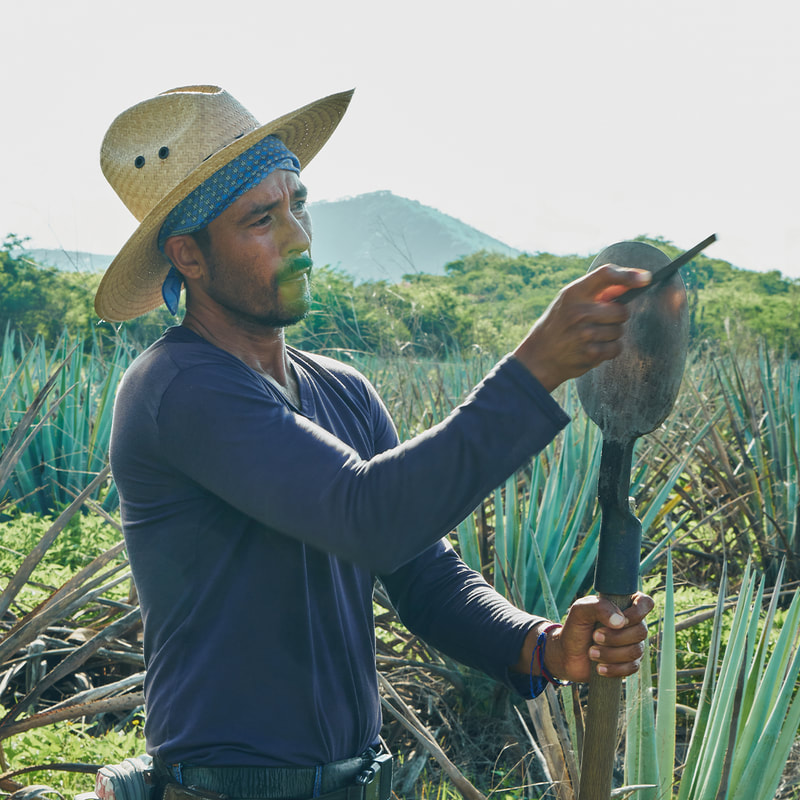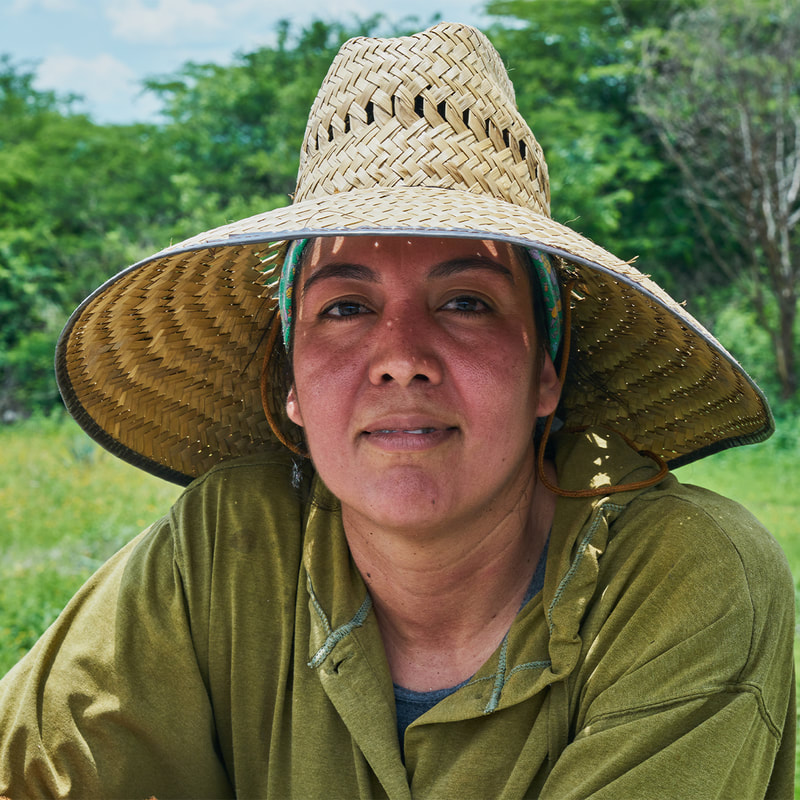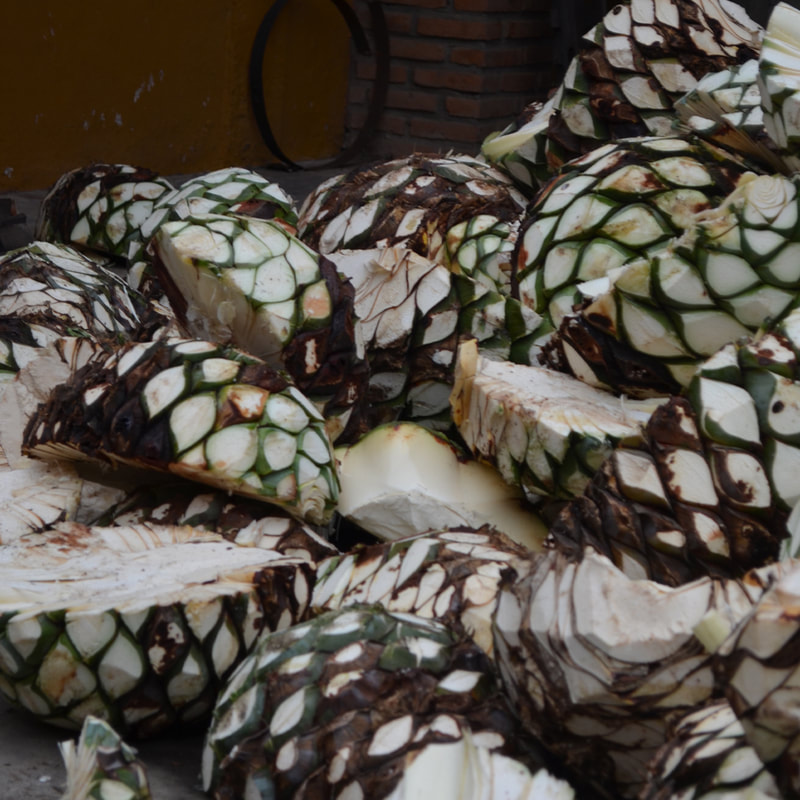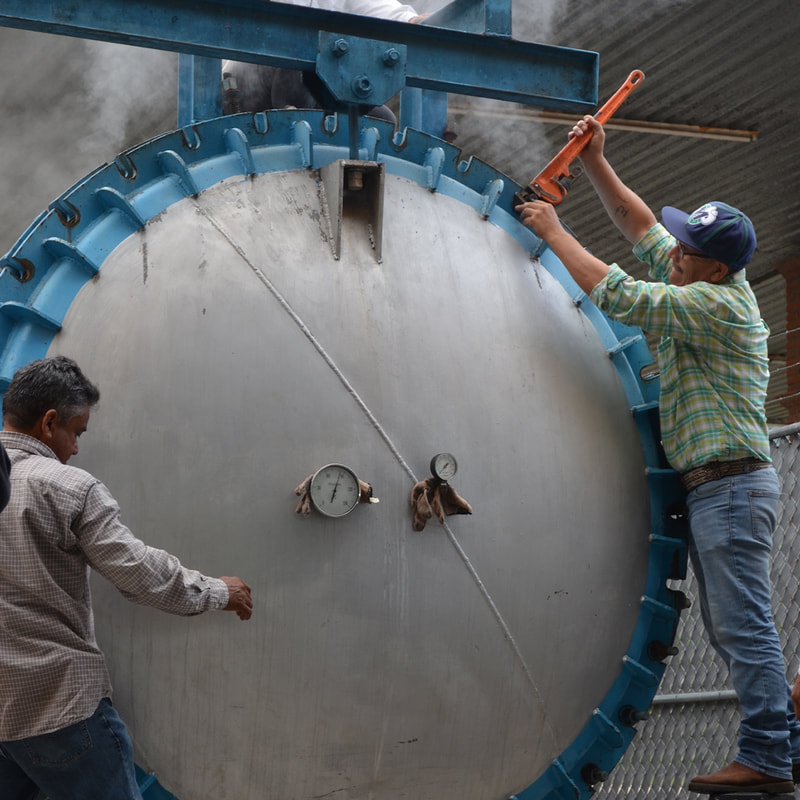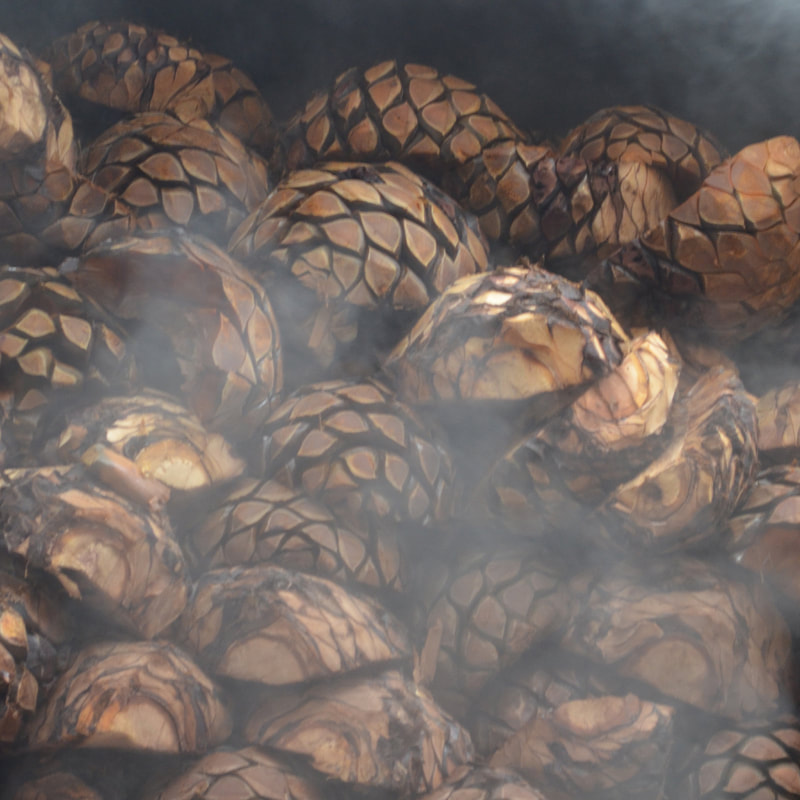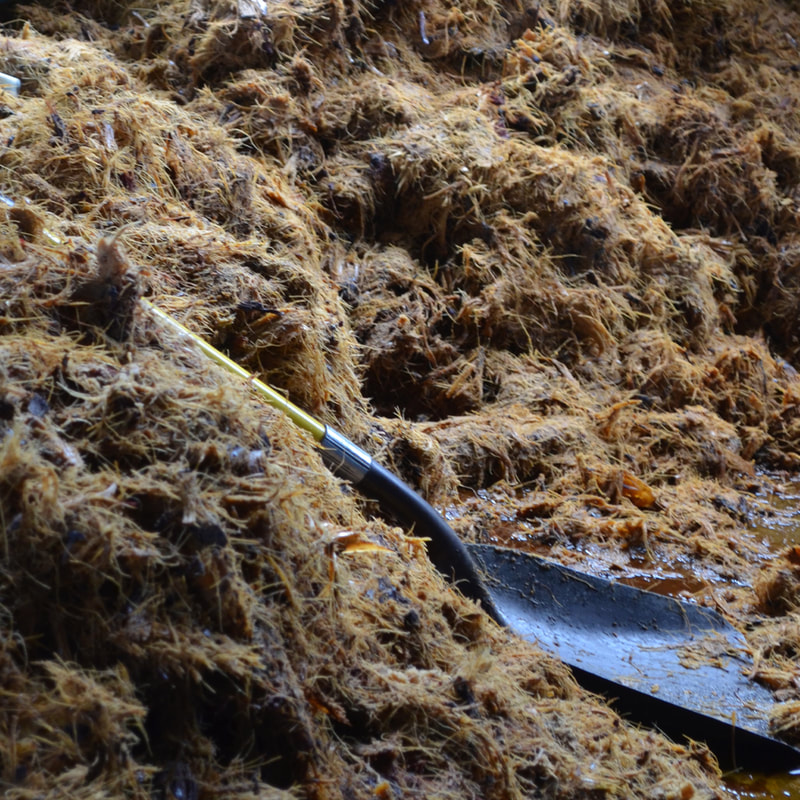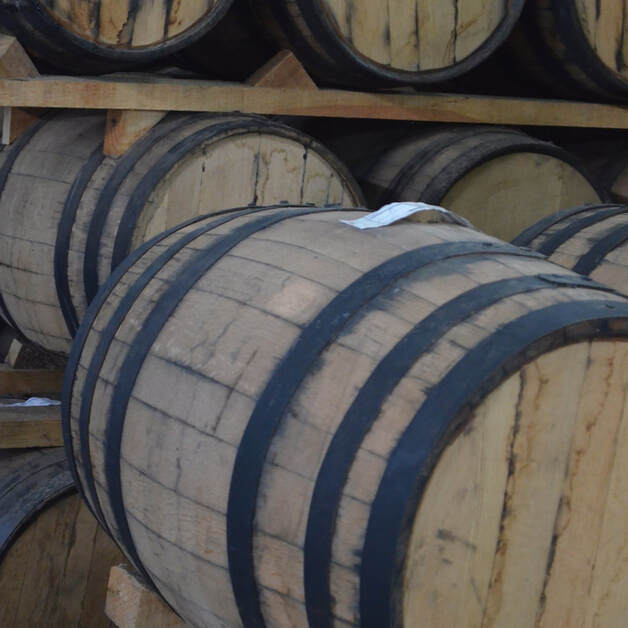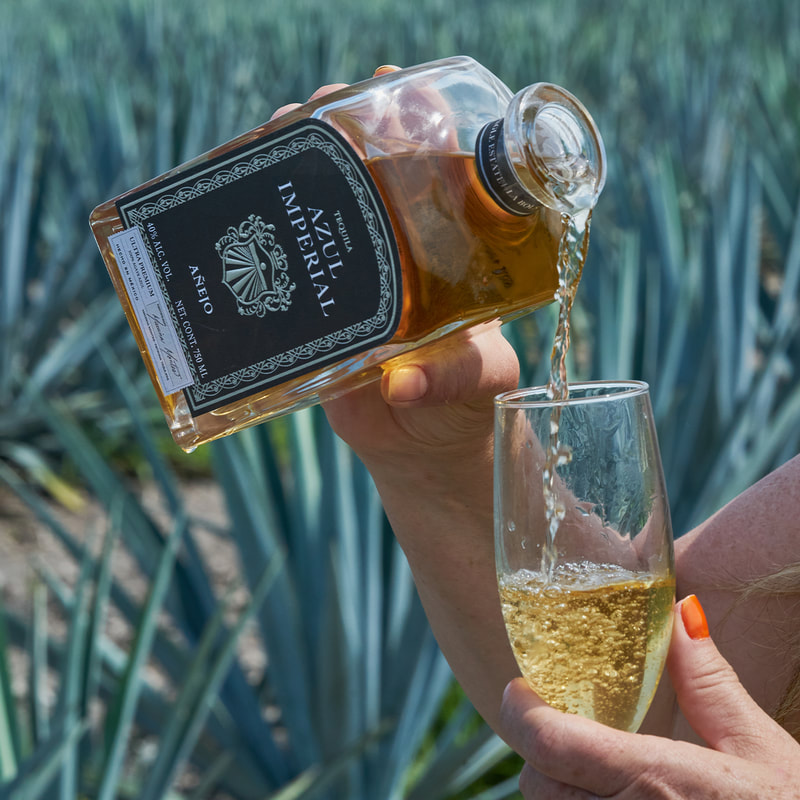SINGLE ORIGIN FIELDS
At Azul Imperial, we believe crafting tequila is an art form, one that we take immense pride in. While many tequila brands source their agave from various fields across Jalisco, we stand apart by sourcing each batch from a single field at a time. This unique approach allows the local climate and soil to leave a distinct imprint on the flavors of our tequila.
|
FETRILE VOLCANIC SOIL
We source all of our agave from the south of Jalisco, a land blessed with fertile soils due to its proximity to the Colima Volcano, one of the most active volcanoes in Mexico.
|
DISCOVER OUR UNIQUE FIELDS
|
LA BOLSA
Our prized agave comes exclusively from our meticulously tended single origin fields. "La Bolsa," a terrain adorned with volcanic rock, gives our tequila its distinct flavors and aromas.
|
EL PLATANAR
For our upcoming batches, we turn to "El Platanar," a flat field characterized by its stormy microclimate. Here, nature's intensity infuses our tequila with unparalleled complexity, promising an extraordinary tasting experience.
|
THE HARVEST
At Azul Imperial, our commitment to crafting exceptional tequila begins with our agave plants, which spend seven years maturing under the sun-drenched skies of southern Jalisco. When the time is right, skilled jimadores step in, armed with generations of knowledge and a deep respect for tradition. With precision and care, these experts harvest the agave, expertly cutting away the sharp agave leaves, known as "pencas", revealing the heart of the agave.
SLOWLY STEAMED
Once harvested, our agave is ready to be steamed in our autoclave. Cooking the agave is a very important step in tequila making, because it is here where the natural complex carbohydrates, known as inulin, are converted into simple fermentable sugars. Once steamed, our agave hearts, or pinas, take on a dark brown color. At this point the agave is edible, and its taste is reminiscent of molasses and honey.
CRUSHING, FERMENTING, DISTILLING
Once cooked, our agave pinas are crushed in our roller mill, where all the liquid inside of the agave hearts are released, and separated from the agave fibers. These fibers are given to local ranchers who use them as supplemental feeding for their livestock. The liquid that was released by the agave then undergoes a 3-4 day fermentation process, which is when the sugars found in the liquid is converted into alcohol. Many of the notes later found in our tequila can be detected in this stage of the process. At this stage our distillery is filled with a sweet fruit like aroma that attracts local bees. Once fermented, the liquid then goes through a double distillation process.
AGAVE FIBERS AFTER BEING CRUSHED
BARREL AGED
We age all of our reposado, anejo, and extra anejo expression in American white oak barrels for a period of a few months to a few years depending on the expression. Some tequilas age their tequila in barrels that have previously aged whiskey, but we chose to use new barrels for a purer taste of tequila. As our tequila rests in these barrels, they begin to develop a beautiful golden hue, and they begin to take on notes of vanilla, nuts, and spice, and more complex notes like dried fruits and tobacco for our older expressions.
